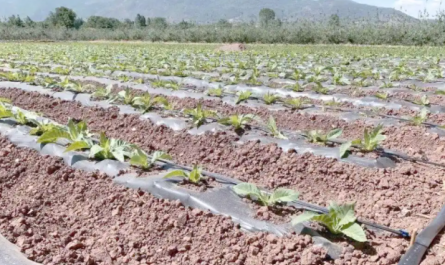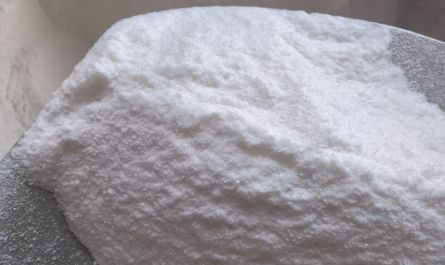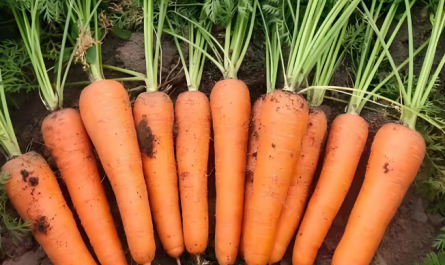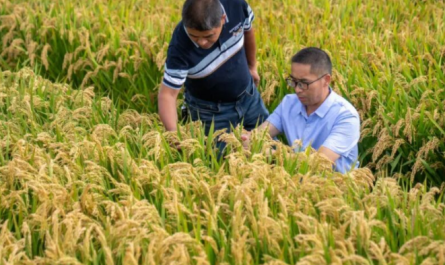Knowledge
-
The effects of temperature difference on plant growth are dualDate: 2025-11-21The effects of temperature difference on plant growth are dual: A moderate diurnal temperature range (typically 8-10°C) promotes plant growth and improves quality; however, excessive temperature differences or extreme changes can inhibit growth or even cause damage.

-
6-Benzylaminopurine 6-BA compound preparationDate: 2025-11-196-Benzylaminopurine (6-BA) combined with parachlorophenoxyacetic acid.When mung bean sprouts and soybean sprouts grow to 1 to 1.5 cm, dilute the mixture 2000 times and then drench them.

-
Choline chloride can increase the yield of root and tuber crops by more than 30%.Date: 2025-11-14Choline chloride is a widely recognized plant growth regulator, especially suitable for promoting the enlargement of roots and tubers in root and tuber crops such as radishes and potatoes, thereby increasing yield.

-
Effects and Application Methods of 2% Benzylaminopurine + 0.1% Triacontanol Compound in RiceDate: 2025-11-076-Benzylaminopurine (6-BA): Belongs to the cytokinin class. Its main functions are to promote cell division, delay leaf senescence, enhance photosynthesis, promote lateral bud (tillering) germination, increase fruit set rate (seed filling rate), and improve quality.




